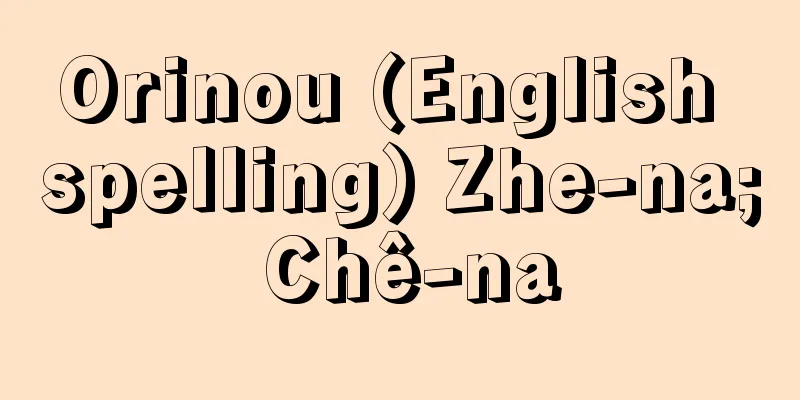Seal - Seal

|
Like sealing wax, it is a small lump of clay used in ancient China to seal vessels and documents. Sealing valuables was practiced from early on in the ancient Orient, but in China it began during the Warring States period and was most popular during the Han dynasty, with sealing clay being excavated from the site of Lelang County in Korea. When sealing vessels such as vases or bamboo luggage, a small piece of wood with a depression was placed over the knot of a tied string, and clay was applied and a seal was made. In the case of documents, before paper became widespread, bamboo or wooden tablets were long and thin strips, which were then tied together with a string, and then boards with grooves for the string were placed above and below the board to tie them, and clay was placed on the string and a seal was made. In 1972, a clay seal discovered in the No. 1 Han Tombs of Mawangdui in Changsha, Hunan Province, bore the inscription "Honorable Li Family Secretary," identifying the owner of the tomb. Inscriptions on clay seals like this often include the name of the owner or sender of the document, official title, place name, etc., and are important materials for understanding the characteristics of the ruins where they have been excavated. [Shigeru Ueyama] Source: Shogakukan Encyclopedia Nipponica About Encyclopedia Nipponica Information | Legend |
|
封蝋(ふうろう)と同様に、中国古代において器物や文書に封をするために用いた小さな粘土塊。貴重品に封印を施すことは、古代オリエントでは早くからなされていたが、中国では戦国時代から行われ、漢代にもっとも盛んになって、朝鮮楽浪(らくろう)郡治址などからも封泥が出土している。壺(つぼ)や竹行李(こうり)のような器物に封をする場合は、縛った紐(ひも)の結び目に、くぼみのある小さな木片をあてがって、粘土をつけて印を押す。文書の場合は、紙が普及する以前は細長い短冊形の竹簡や木簡であったため、これを紐に通して束ねたうえで、紐をかける溝を彫った板を上下に当てて縛り、紐の上に粘土を置いて印を押したと考えられる。1972年に湖南省の長沙馬王堆(ちょうさまおうたい)1号漢墓から発見された封泥には「軑侯(たいこう)家丞」の銘があり、墓の主が特定された。このように封泥の銘には、持ち主や文書の発信人の名、官職、地名などが表されていることが多く、出土した遺跡の性格を知るうえで重要な資料となっている。 [植山 茂] 出典 小学館 日本大百科全書(ニッポニカ)日本大百科全書(ニッポニカ)について 情報 | 凡例 |
Recommend
Trinn
...In the late Le Dynasty (1529-1788) in Vietnam,...
"Interpretation of the Ritual Classic"
…Wengong refers to Zhu Xi (the Master), the maste...
Johann Hevelius
German astronomer. Producer of early detailed map...
Haikou Port
…Population: 390,000 (1994). During the Song Dyna...
Phlox paniculata L.
A cold-tolerant perennial plant of the Polemonium ...
Codrington, RH
…The term is derived from the Melanesian word man...
Omama [town] - Omama
A former town in Yamada County, eastern Gunma Pref...
Modified soap - modified soap
… Soap has some drawbacks, such as the production...
Fujioka [town] - Fujioka
An old town in Shimotsuga District, southern Tochi...
Urikawa - Urikawa
...Distributed throughout Japan and Korea. S. pyg...
Molnár Ferenc (English spelling)
Hungarian playwright and novelist. Born in Budape...
Fraticelli (English spelling)
The name means "little brothers" in Ital...
Bando Mitsugoro
A Kabuki actor. His stage name has been Yamatoya ...
Neidhart von Reuenthal
Minnesenger was a German poet from Bavaria. His bi...
Cicadoidea
…A general term for insects belonging to the supe...









